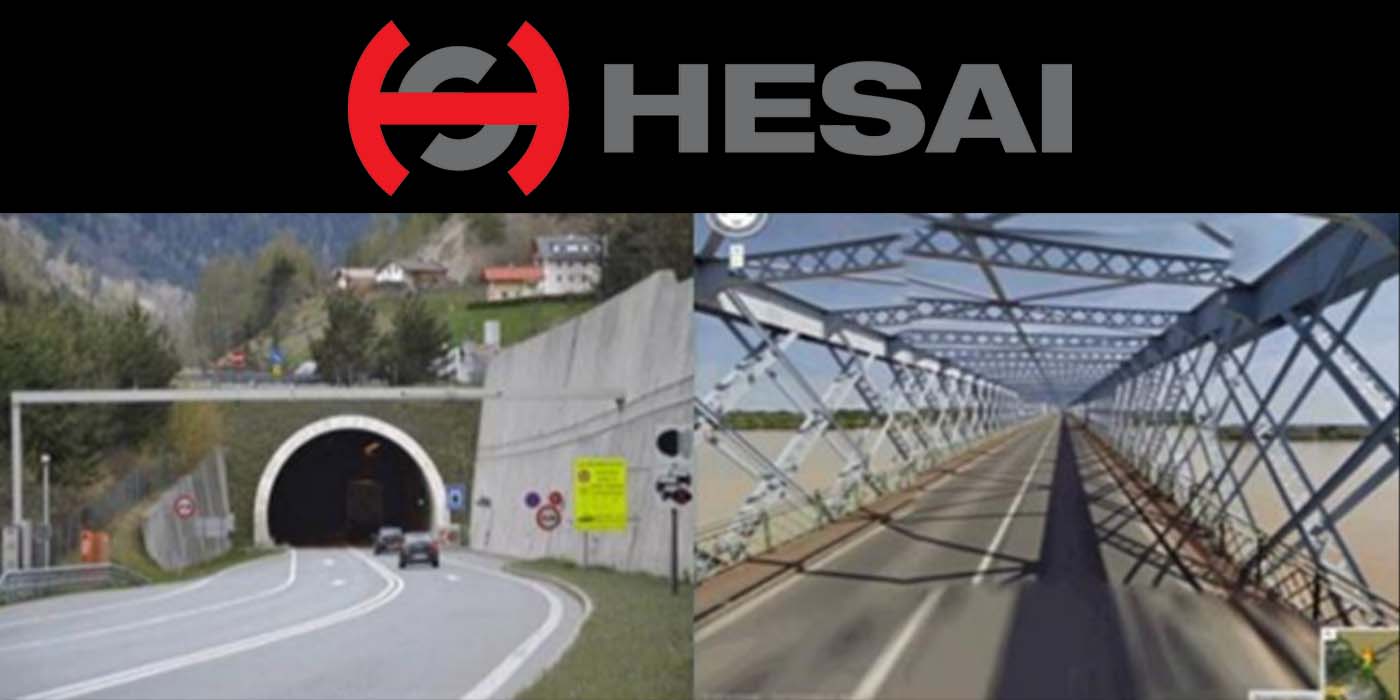
LiDAR specialist Hesai Technology has shared thoughts and data on why it believes laser sensor technology is the missing piece in the operation of Automatic Emergency Braking (AEB), especially as automotive regulators begin to implement higher safety standards for new vehicles.
Table of contents
Thoughts from Hesai, a market leader in LiDAR
Hesai Technology, a leading global LiDAR company, is committed to providing high performance, quality, and reliability in its automotive sensory products.
Hesai closely monitors LiDAR’s end-use scenarios, particularly critical safety components like Automatic Emergency Braking (AEB), which can prevent accidents and save lives. It continuously iterates product features with automotive safety as its main goal.
Safety will always be a critical consideration for consumers when selecting a vehicle. To meet this demand, active safety features in cars are continually evolving.
In particular, Automatic Emergency Braking has garnered significant attention. AEB systems can detect road hazards in real-time, enabling a vehicle to automatically brake or decelerate, thereby preventing or mitigating accidents.
Hesai also argues that active safety features have proven more effective in reducing traffic accidents than passive features. According to the European Commission, AEB can save over 1,000 lives annually in the EU alone, and 80% of consumers prefer vehicles equipped with AEB.
Given this preference and its life-saving benefits, on April 29, the US Department of Transportation (USDOT) issued a new regulation regarding AEB. FMVSS No. 127 requires AEB to be a standard in all US cars by 2029. Furthermore, AEB systems must effectively identify pedestrians in both daylight and darkness while functioning at speeds up to 90 mph (145 km/h).
Although many in the industry welcome these new standards, most passenger vehicle technology today cannot support them. Hesai believes the solution is LiDAR.
Hesai LiDAR works in all lighting conditions
LiDAR, which achieves direct detection by actively emitting lasers without any dependency on ambient light, can significantly enhance nighttime safety when its data is used for AEB function development. Hesai Technology has cited data that supports that at night, the average perception accuracy of systems integrating LiDAR technology is three times that of purely visual systems.
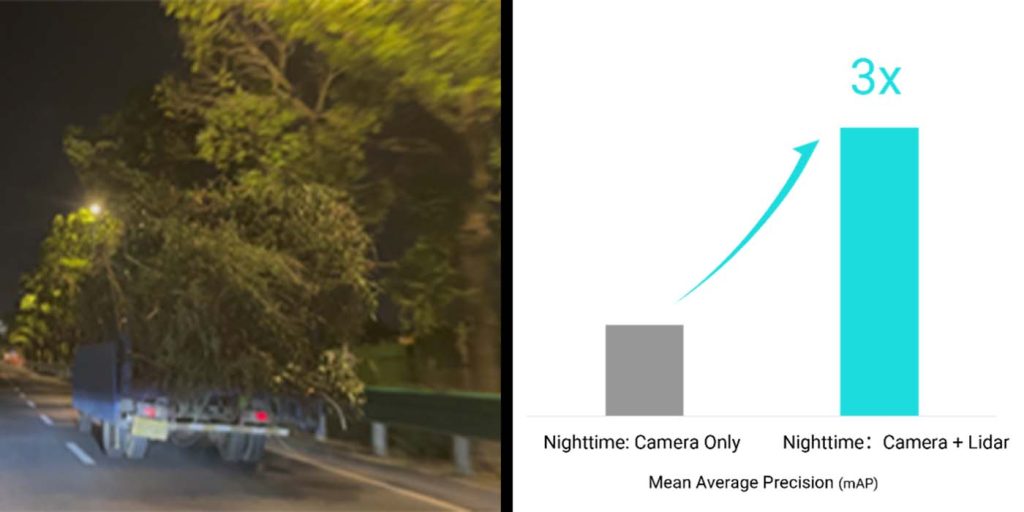
LiDAR can identify and classify varying obstacles
Hesai states that vision cameras’ ability to recognize irregular obstacles is limited. Pure vision sensors require prior classification of target objects and cannot effectively identify atypical objects outside a predetermined whitelist. For example, a vehicle carrying a large tree or a two-wheeled electric bike loaded with goods may have typical features obscured, making it difficult for visual algorithms to classify and identify them.
On the contrary, Hesai points out that LiDAR technology has the advantage of direct measurement. As long as data can be sensed, LiDAR can determine the position of obstacles, regardless of the target object type. Because of this, Hesai argues that AEB integrated with LiDAR is more capable of recognizing irregular obstacles and achieving safe braking.
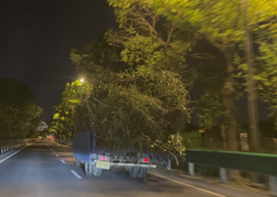

Purely visual AEB systems may encounter difficulties in recognizing irregular objects.
LiDAR can provide greater perception at high speeds
The current upper limit of AEB operating speed needs further improvement. For example, the new regulation from the USDOT imposes higher requirements on the speed at which AEB must operate. Compared to previous regulations, the maximum operating speed of AEB for vehicles has nearly doubled to 90 mph (145 km/h). This requires vehicles to have higher perception distances and confidence levels.
Hesai points out that an investigation into leading intelligent automotive brands revealed that models equipped with LiDAR showed a significant increase of about 50% in the upper limit of AEB speed compared to models without the technology.

LiDAR can also reduce false activation of AEB
According to Hesai Technology, the current high rate of false activations in AEB systems affects the overall riding experience. Insufficient ranging accuracy or complex lighting conditions can lead to misidentification of objects by pure vision systems, thereby triggering dangerous false activations of AEB.
Numerous consumer complaints have been filed regarding false activations, including instances of false activations on steep slopes, from vehicle exhaust, or metallic plates on the ground. Hesai states that using LiDAR reduces the number of false positives of AEB by almost 70%, creating a safer and more accurate breaking system.
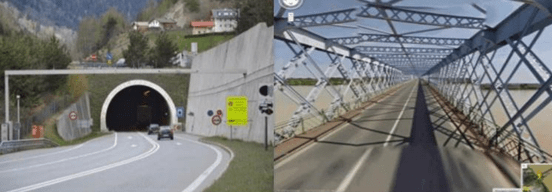
Source https://zhuanlan.zhihu.com/p/163057084)
Hesai’s flagship release this year, the ATX, has been described by its makers as “a significant upgrade with the transition to its fourth-generation technology platform.” It has seen substantial improvements in metrics like ranging and resolution and introduces new features such as optical zoom and noise reduction.
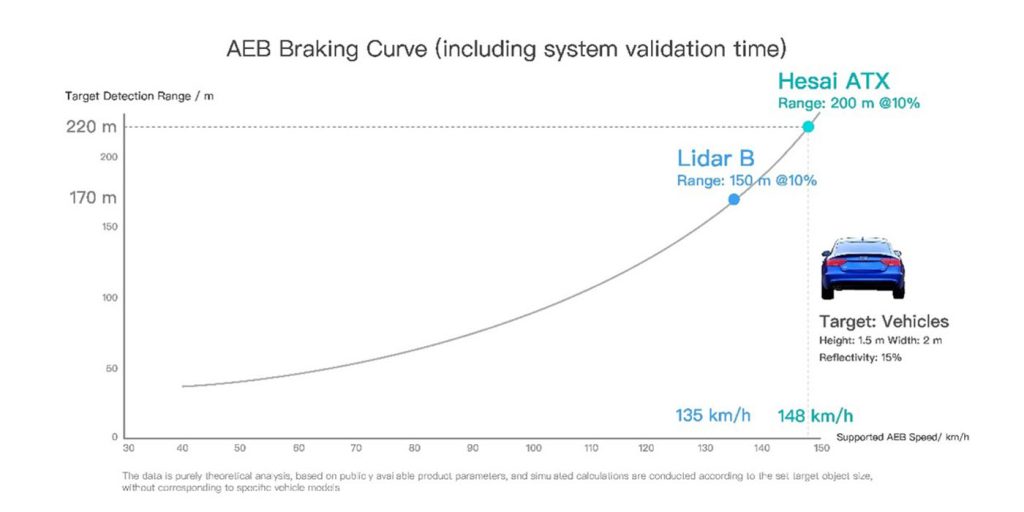
The ATX will enter mass production in Q1 2025, and models equipped with it will reach consumers soon after. Hesai states that the abundant safety capabilities of the ATX aim to safeguard every passenger.
As car manufacturers look globally to comply with consumer preferences and regulations around AEB, Hesai believes its products can serve as the missing piece of the puzzle, creating a safer driving experience and reducing accidents.
